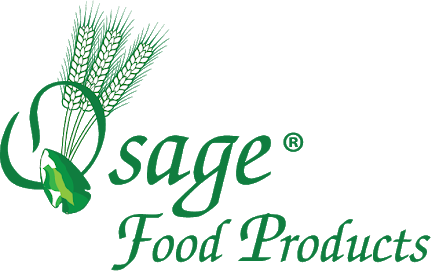American consumers are still feeling the effects of the COVID-19 pandemic on the global supply chain. According to recent reports, containers are piling up off the coast of Southern California, even with ports unloading goods around the clock to try to ease the congestion.
On the other side of the Pacific Ocean, there are delays getting products moving as space on ships is scarce, leaving products sitting in Chinese factories. Severely reduced passenger air travel over the last 18 months has significantly cut down air cargo opportunities, further causing bottlenecks at Chinese ports.
While the supply chain works to untangle itself, America’s demand for goods hasn’t satiated, especially with the looming holiday shopping season. As ports try to catch up with backlogged products, they find themselves falling further behind as orders continue to roll in.
The whole situation has manufacturers reviewing their supply chain models to insulate themselves from future unexpected disruption. For example, many food and beverage producers that rely on ingredients and supplies from offshore locations need to develop strategies to keep their products moving to market and customers happy.
Here are five ways food producers can optimize their supply chains for maximum reliability when disruptions occur:
- Have Multiple Source Channels: Relying on one source for ingredients – or using an ingredients broker that only uses one source – is a recipe for disaster for your supply chain. If supplies from one ingredient source are interrupted, your broker should be able to pivot to another supplier who can fulfill your needs quickly. There are always alternate sourcing options available to keep your production lines moving, so work with a broker with worldwide contacts for the ingredients you need.
- Consider Using Alternate Ingredients For Your Products: When a supply chain disruption affects the availability of ingredients, food producers should consider alternatives to maintain production. For example, if eggs are in short supply, consider using egg replacers. Having trouble securing high-cost sweeteners or sugars? Try cost-effective, easily-sourced sweetener blends.
- Increase Reliance On Domestic Food Sources: The media is full of videos that show empty grocery store shelves, attributing the situation to the global supply chain breakdown. Instead of relying on offshore ingredient supply sources, food companies can mitigate the risk of stopping or delaying production by increasing their reliance on ingredients from nearshore, domestic, or regional suppliers. Ingredients brokers can leverage their extensive networks to locate these sources, which will also help speed time to production and market.
- Embrace Supply Chain Technology: The days of supply chain logistics tracking using spreadsheets are behind us. In the present, sophisticated supply chain software can provide real-time visibility into your entire supply chain, as well as provide intelligent forecasting and a database of reputable backup suppliers. Most logistics or ingredients brokers will have this technology in place to keep your ingredients coming in through the door.
- Simplify Communications: Different players in the supply chain often use different means of communication, which can cause people to fall out of the loop and essential details to be missed. Poor communication can cause shipping delays, product spoilage, and bacteria growth, significantly impacting product freshness and food safety. Centralizing communications using technology can mitigate risks, keep everyone apprised on the status of your goods, and help ensure smooth movement through the chain.
Osage Food Products helps food producers maintain a steady supply of quality ingredients for their products. No matter how rare or specialized your needs are, our vast network of suppliers gives you the advantage of having multiple ingredients and protein sourcing options, using technology that ensures complete visibility into your supply chain. No matter what supply chain pain you might be feeling right now, contact us for help solving them.




